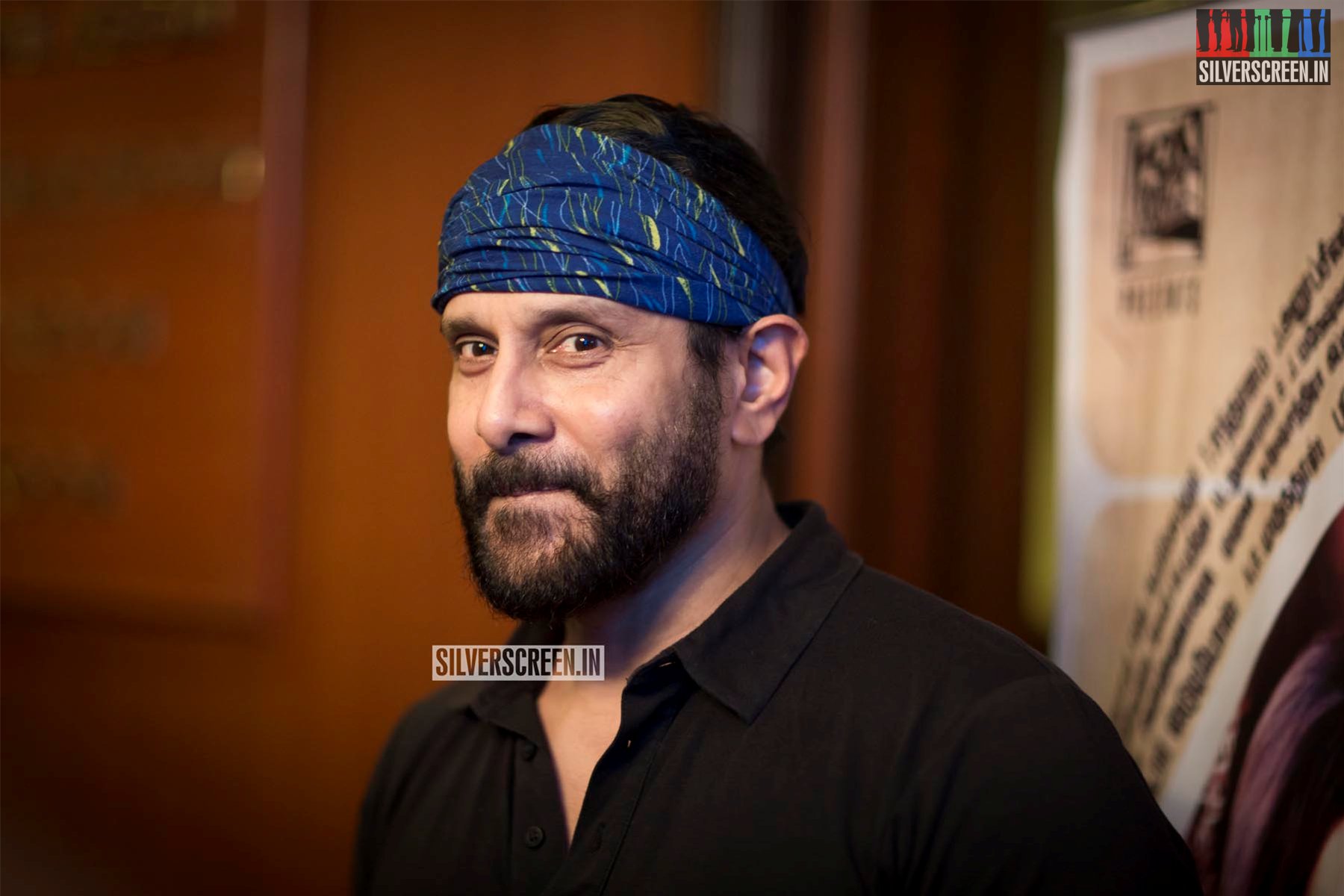Veteran Tamil publisher S Ramakrishnan, founder of Cre-A publishing house, died of Covid-19-related complications at a government hospital in Chennai, on Tuesday. He was 75.
According to a report in The Hindu, doctors of Government Multi Super Speciality Hospital at Omandurar Government Estate, Chennai, where Ramakrishnan was being treated, said his health condition deteriorated on Friday. According to The Indian Express, the publisher, who was undergoing treatment at the hospital after testing positive for Covid-19 last month, had later tested negative but continued to be on life support.
After his health deteriorated, the third and expanded edition of the popular Cre-A: Dictionary of Contemporary Tamil (Tamil–Tamil–English), that he had been working on for 30 years was launched from the hospital. The dictionary is considered to be his greatest work and was first published in 1992. A revised and expanded second edition of this dictionary was published in 2008 and included more than 20,000 words.
Ramakrishnan, who pursued a post-graduation in social work at the Loyola College in Chennai, considered himself to be Tamil despite his mother tongue being Telugu. He delved into publishing before he hit 30 and founded the Cre-A, a Tamil publishing company in 1974.
The publishing house focuses on Tamil literature and has published titles across various fields, including environment, agriculture, health, modern Western philosophy, and technology. The publication also translated literary works from Hindi, Bengali, and Kannada into Tamil and published Tamil translations of books in French and German. It also published the works of Tamil writers such as Ashokamitran, Sa Kandasamy, and Na Muthuswamy.
However, his greatest contribution is considered to be the Contemporary Tamil Dictionary Project, which has been continuously worked on and expanded for the past 35 years.
Talking about the veteran publisher, a translator based in Chennai Poo Ko Saravanan told Silverscreen India, “He revolutionised the world of editing and translation. Though he himself never translated from other foreign languages, he encouraged others to do so and had a great sense of excellent works. He redefined the publication world. An institution by himself, he has encouraged translators of other languages and also boosted original learning in Tamil.”
Recommended
“He has always remained true to the original work and never added embellishments to the works he translated. His exhaustive work was the Cre-A Dictionary, which he had never run for profit. He was not commercially motivated but encouraged a lot of real ideas from varied perspectives,” he continued.
The late publisher played a prominent role in various fields, including performing arts and education, and was a pivotal person in the creation of Koothu-P-Pattarai (a Tamil theatre group that has been active for 31 years) and the Roja Muthiah Research Library in Chennai.
J Balasubramaniam, a faculty member at the Journalism and Science department at the Madurai Kamaraj University, who closely interacted with Ramakrishnan while working in a translation agency told Silverscreen India: “He brought perfection in content and form in Tamil publications. Despite the Tamil publishing industry not being an industry with big capital, he had initiated the Cre-A dictionary that sincerely kept a tab on literary works that were getting published to observe the new terms and document them.”
D Ravikumar, MP of Villupuram constituency in Tamil Nadu condoled the death of the veteran publisher and posted on Twitter and wrote: “It pains me to have lost a dear friend. He used to speak about his dictionary with pride.”
க்ரியா ராமகிருஷ்ணனுக்கு அஞ்சலி
கொரோனாவால் பாதிக்கப்பட்டிருந்த க்ரியா ராமகிருஷ்ணன் இன்று அதிகாலை உயிரிழந்தார் என்ற செய்தியறிந்து துயருற்றேன். நல்ல நண்பர் ஒருவரை இழந்த வலி நெஞ்சை அறுக்கிறது. திரு எஸ்விஆர் மொழிபெயர்த்த நூலைப்பற்றிப் பெருமிதத்தோடு பேசிக்கொண்டிருந்தார்.
— Dr Ravikumar M P (@WriterRavikumar) November 17, 2020
According to The Hindu, Tamil writer-playwright-critic Indira Parthasarathy called the publisher “a pioneer in publishing critical works of Tamil literary writers of immense significance”. Referring to the collaborative venture of Cre-A and Harvard University in producing Iravatham Mahadevan’s Early Tamil Epigraphy: From the Earliest Times to Sixth Century A.D., Indira said it was a “masterly production that matched the standards of Western academic publications”.



